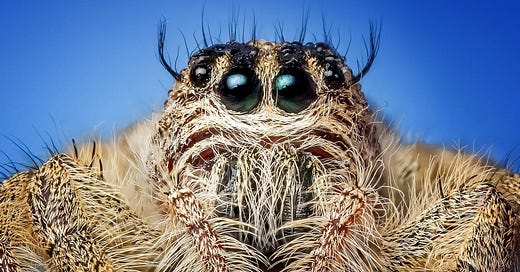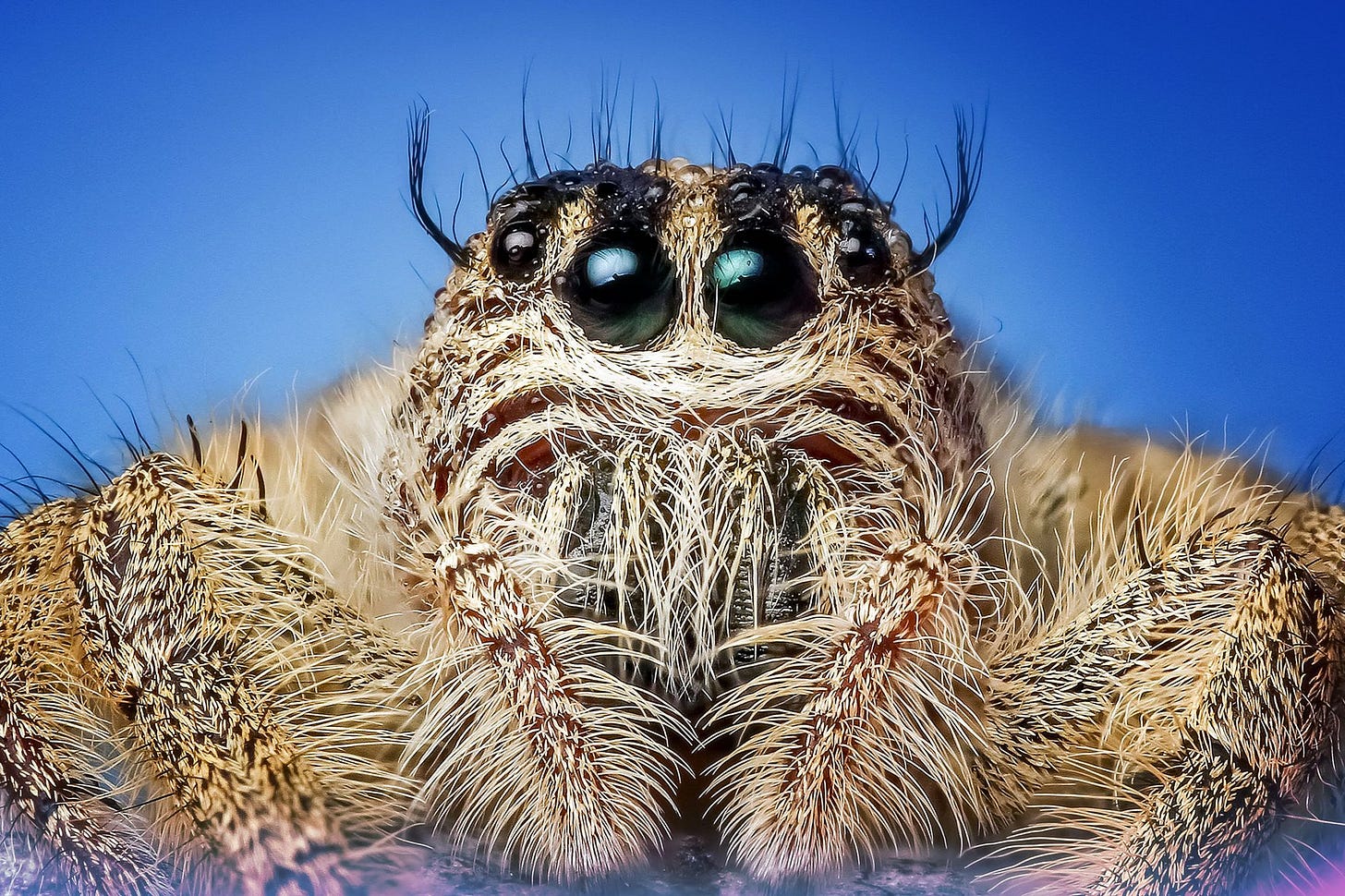I'm working on fleshing out a nomadic society and decided that having them herd sheep or goats didn't quite suit what I was trying to do with the scene. I wracked my brain to figure out what could take their place, culturally, economically, and ecologically. Finally, I decided on herds of giant spiders. It's more plausible than I expected, to whit:
Fun F…
Keep reading with a 7-day free trial
Subscribe to Manuscriptions to keep reading this post and get 7 days of free access to the full post archives.



